What’s the Difference: Window-Shading Options
Solar screens, exterior blinds, shutters, and awnings
“Let the sunshine in” may make for a catchy song, but for homeowners concerned about energy use, comfort, and preservation of fabrics and finishes, it’s more complicated than that. Letting the sunshine in can reduce energy consumption in cold climates, but it can increase it in warm climates; it can warm an otherwise chilly interior, but it can make an already warm interior unbearable; it can bring light into a dark room, but its UV-rays can damage furniture and floor coverings.
Homeowners have both interior- and exterior-shading options to ensure that their windows are net-positive features. While interior choices such as blinds and curtains are most common, exterior options have two advantages: They stop heat from entering the house in the first place, and the choice of interior window treatments, or whether to have them at all, can be based solely on aesthetics.
Some exterior-shading options make sense only for certain regions, either for practical reasons or because they fit with the predominant architectural styles.
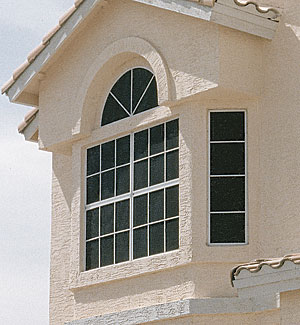
Solar Screens
Solar screens are installed the same way as insect screens. The difference is that they are made of a fabric that blocks much of the sun’s heat and light from entering the window. This tightly woven fabric nevertheless still allows breezes to blow through. Although the fabric is available in shades lighter than black, darker shades are more effective at keeping heat out of the house. Depending on the specific product, solar screens reduce incoming light by 15% to 40% and can block up to 90% of UV rays. Phifer recommends keeping its screens in year-round, because of the UV protection they provide and because they increase the thermal performance of windows in the winter by about 15%. If passive-solar heating is part of your home’s design, however, you’ll want to remove the screens. Of course, keep in mind that you’ll be removing the UV-protection as well.
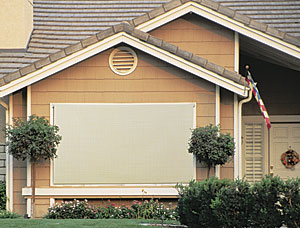
Exterior Blinds
Exterior blinds block heat and light the same way solar screens do. The difference is that instead of being attached to the window frame, they are rolled up or retracted into a housing, either manually from the outside or the inside; by pushing a button; or by programming a timer or sensor. This allows the homeowner to choose when to block the sun and when to let it shine.
Shutters
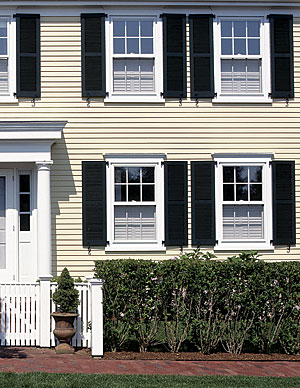
Shutters are hinged window covers that can be made of wood, aluminum, or wood composite. (Shutters also can be made of vinyl, although this style is nonfunctional—that is, they are shutters that don’t shut.) Although paneled and board-and-batten shutters have been around for a long time and can be found on some contemporary homes, shutters with either fixed or adjustable louvers are the most common. Depending on the angle of the louvers, fixed-louver shutters in the closed position may block out most or all sunlight. Bahama shutters, also known as Bermuda shutters, are louvered window covers hinged at the top. They are common in the tropical South and in Southern California. Whether open or closed, they offer lots of shade; they don’t, however, allow for full exposure. Opening and closing shutters can be a nuisance when insect screens are present, although some Bahama shutters can be installed with a crank on the inside.
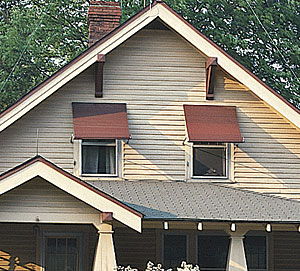
Awnings
An awning is like a miniature roof for a window. A frame attached above a window is covered with either fabric or aluminum. The amount of sunlight blocked depends on the position of the awning, the angle of the sun, and the awning’s coverage area (the sides or just the top). The California Energy Commission claims that a properly installed awning can reduce the amount of heat entering through a south-facing window by up to 65%. Like shutters, awnings can become part of the architectural style of a house. One advantage that awnings have over shutters is that they can prevent rain from entering an open window—a nice feature during a summer storm.
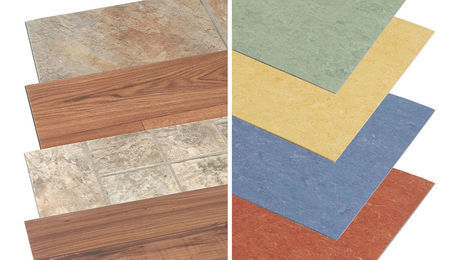
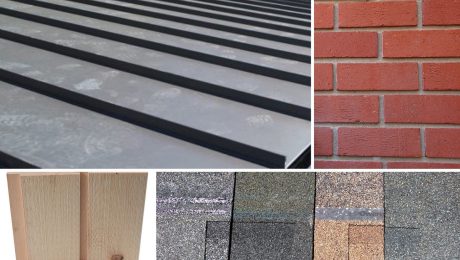
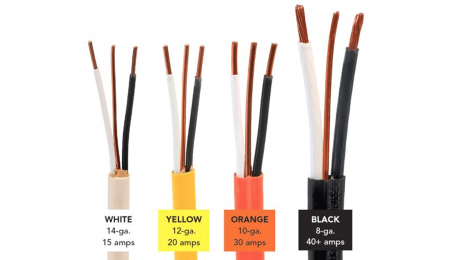
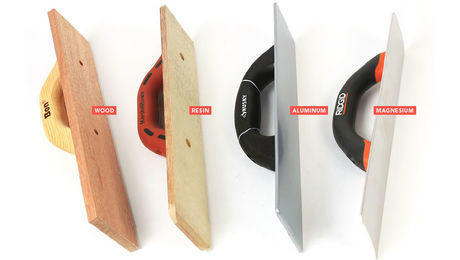












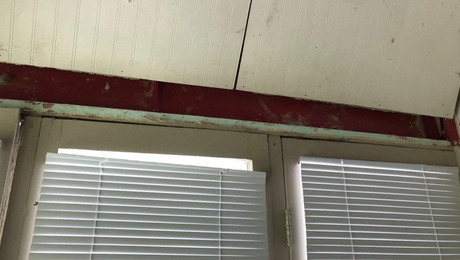













View Comments
Very informative! this is good for those who does not know the pros and cons of window shading.